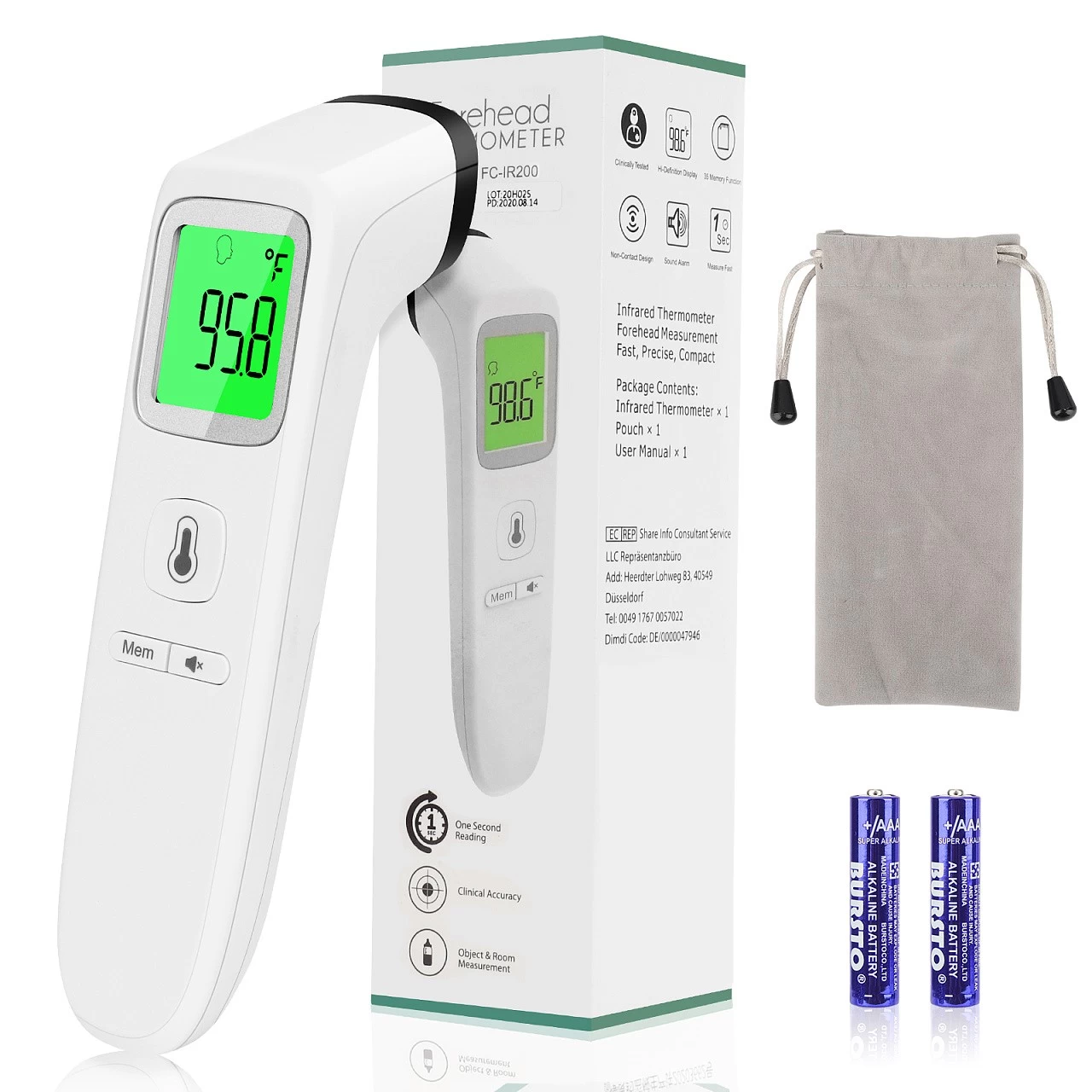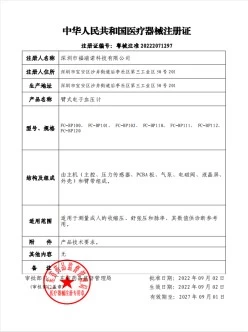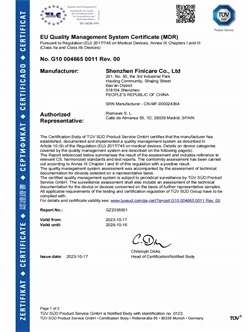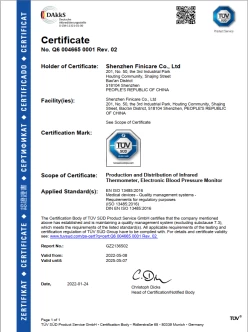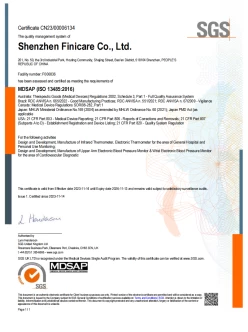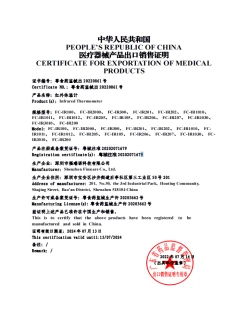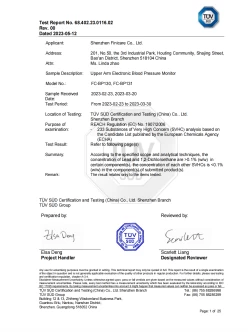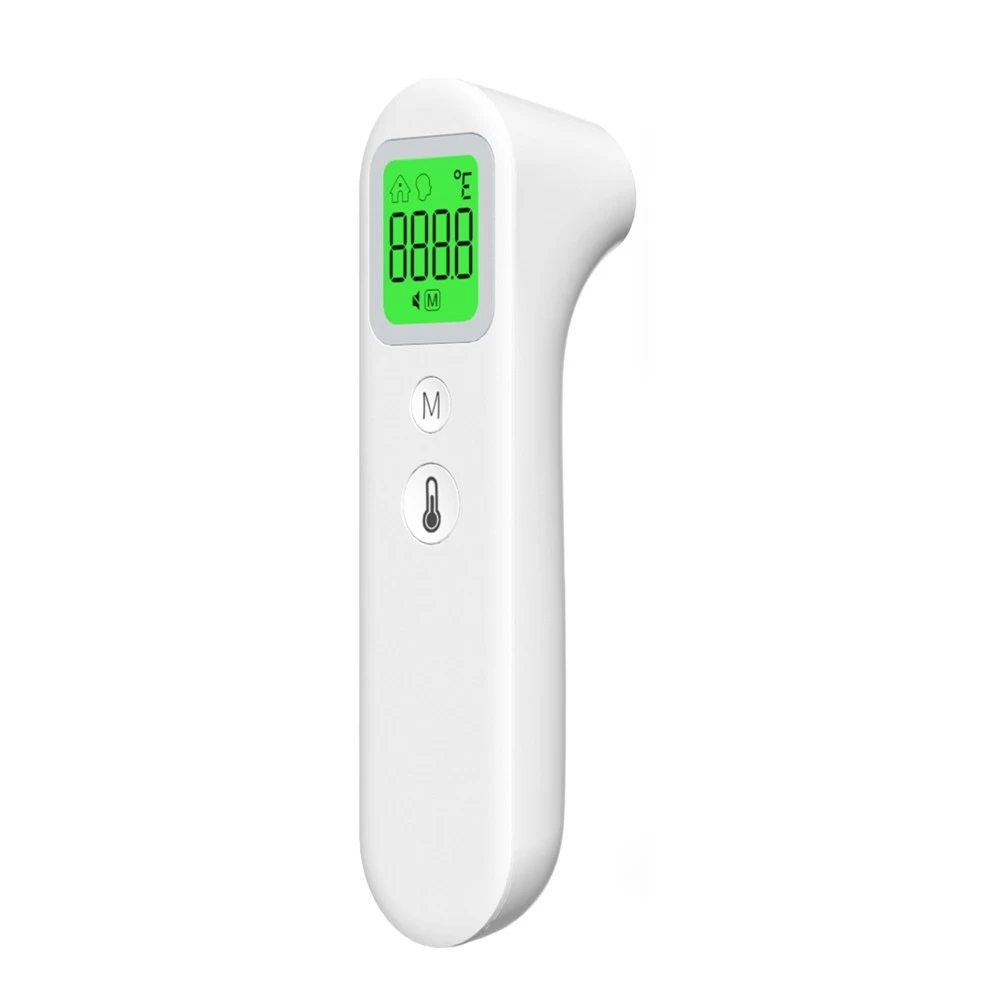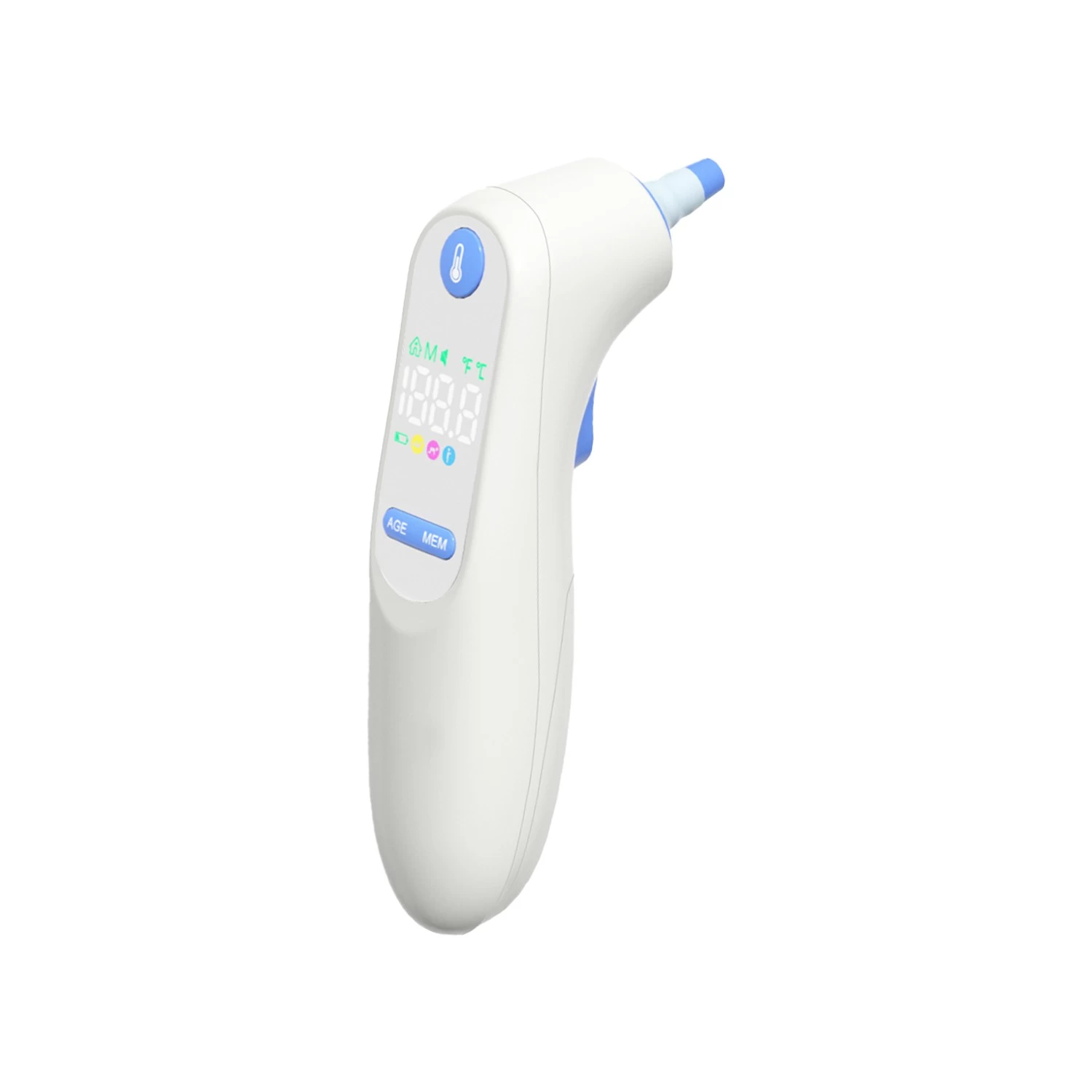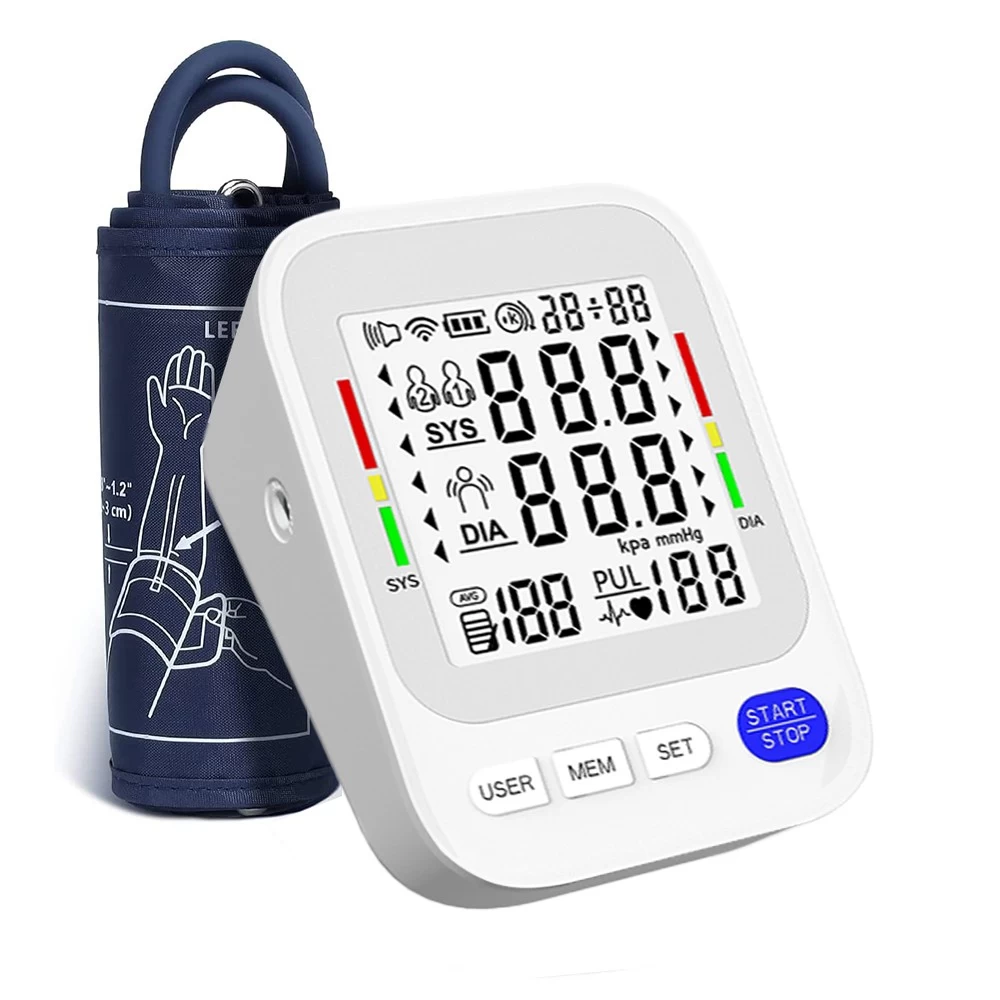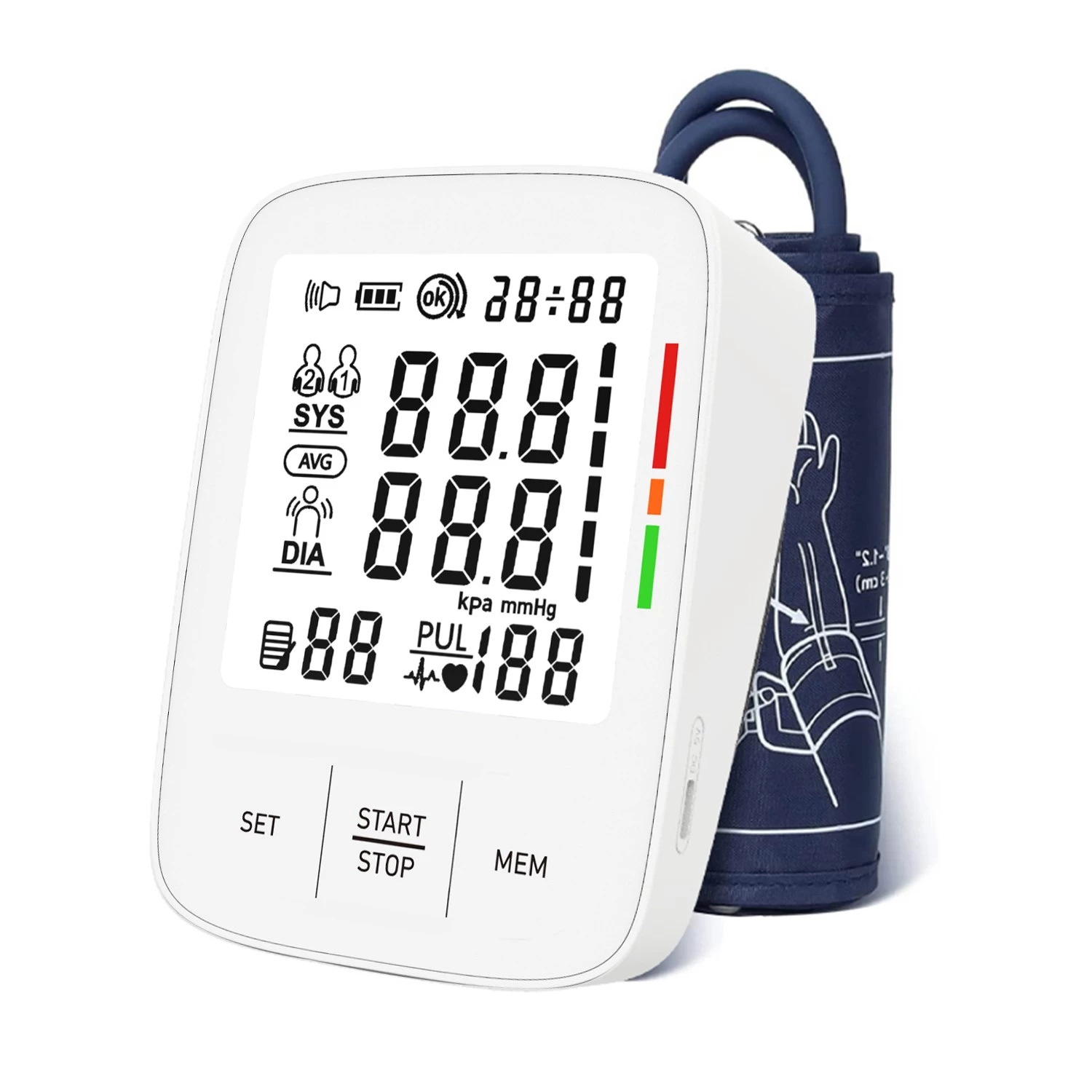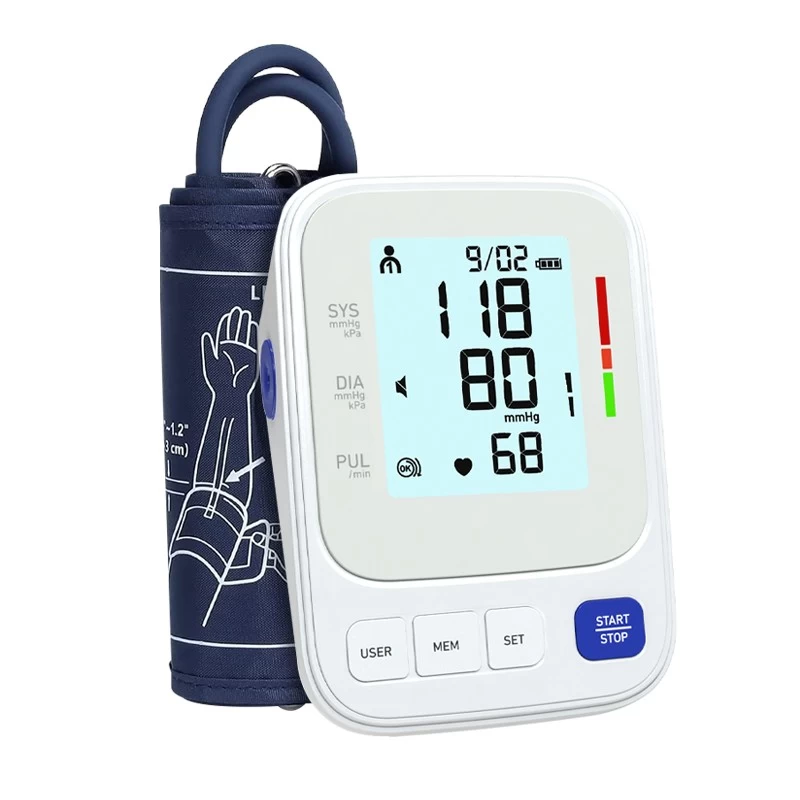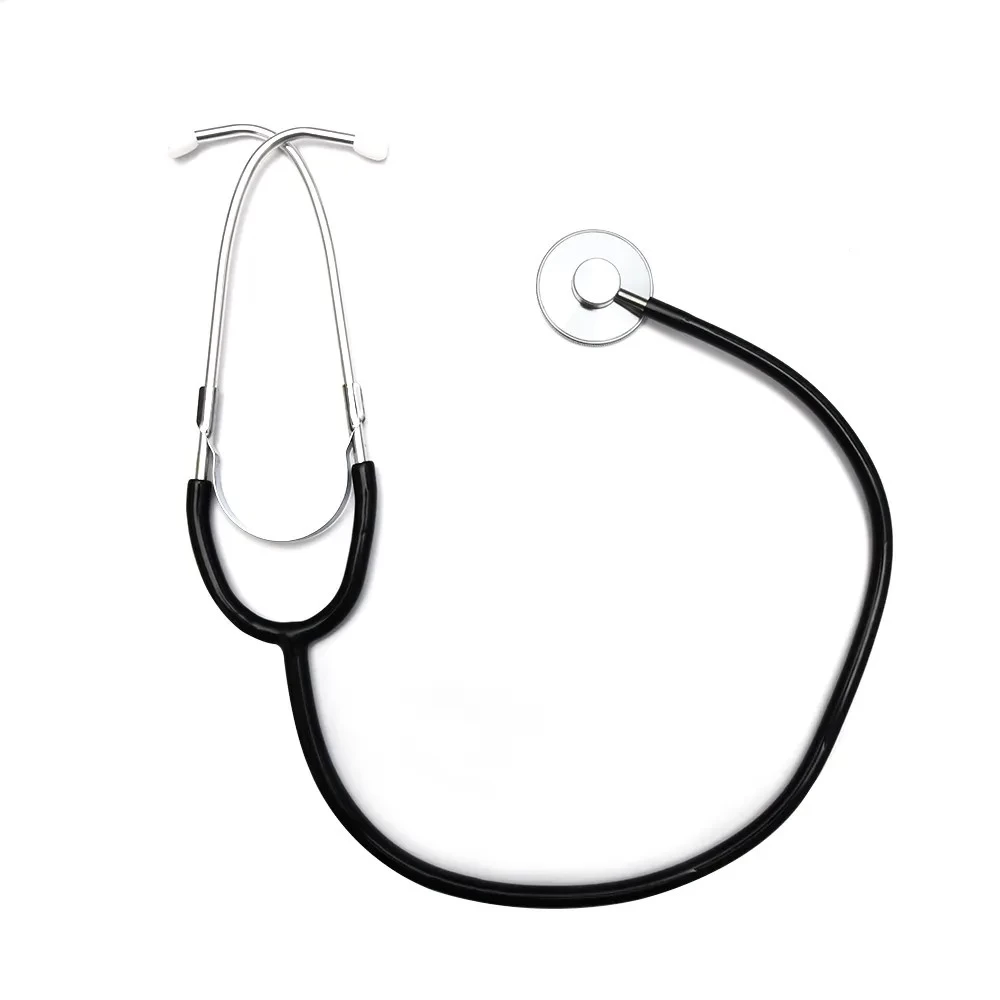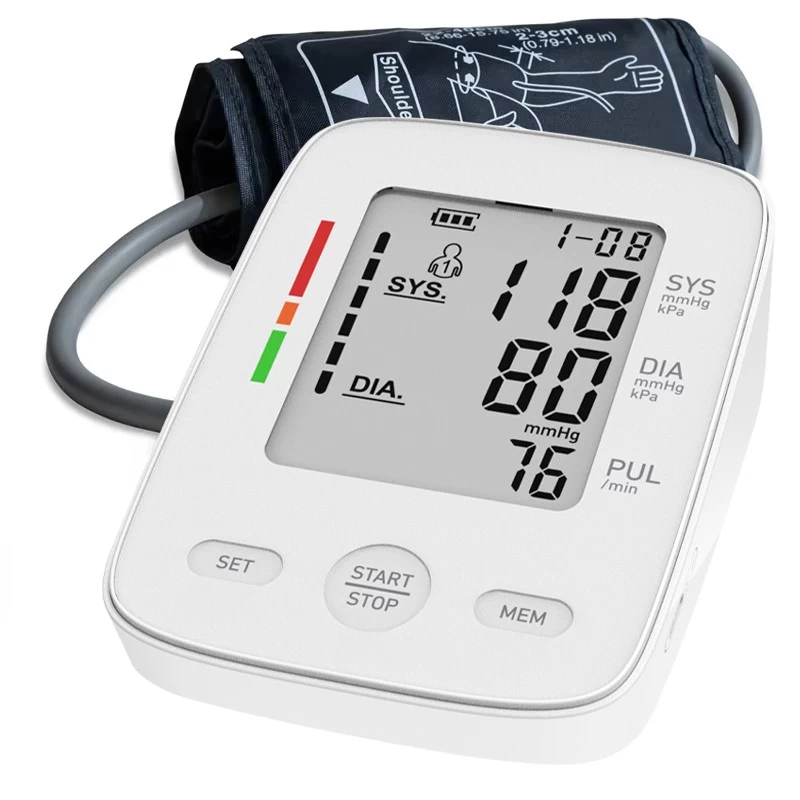How To Use a Non-Contact Infrared Thermometer
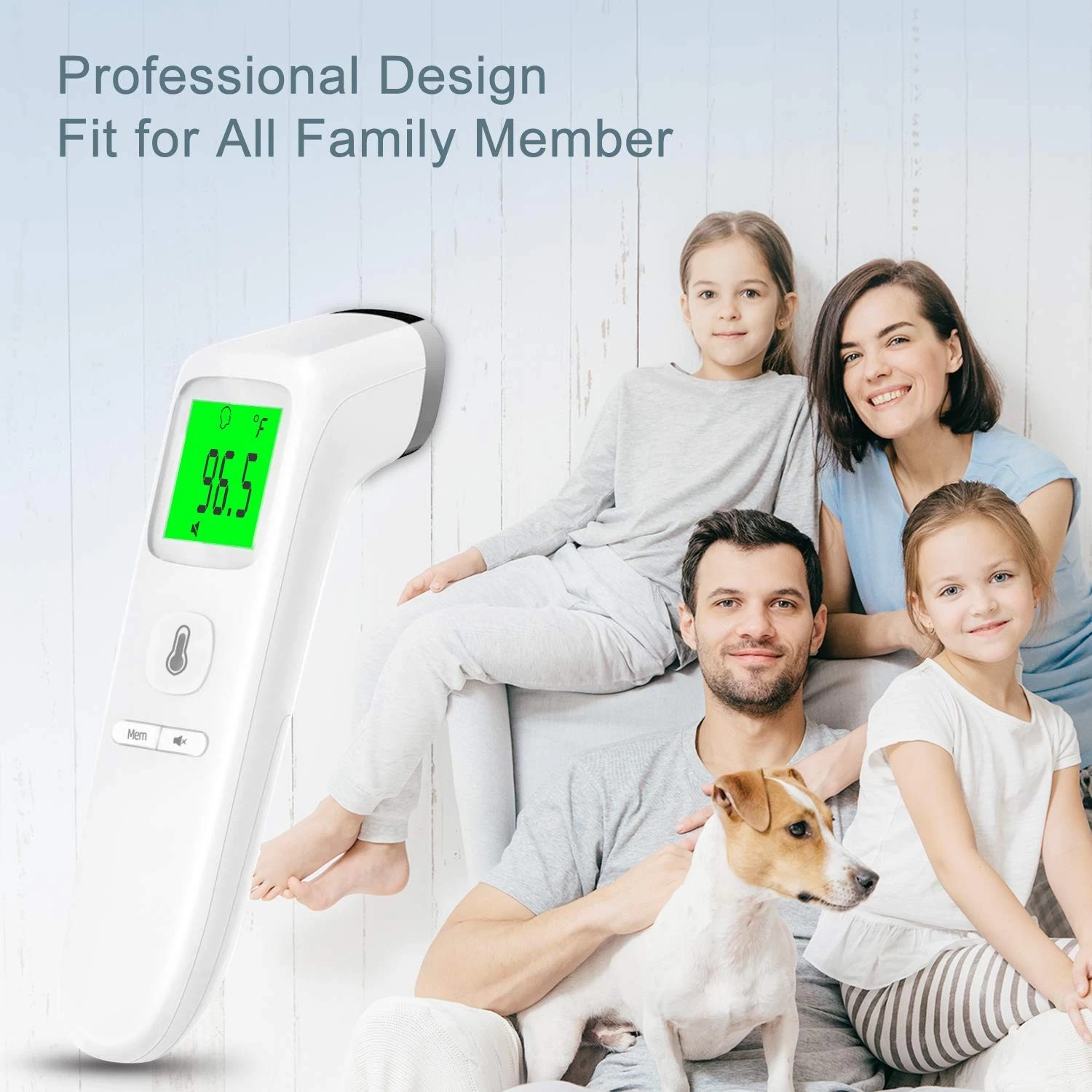
How To Use a Non-Contact Infrared Thermometer: A Comprehensive Guide
In a world increasingly conscious of health, safety, and efficiency, the non-contact infrared (IR) thermometer has become an indispensable tool. From screening for fevers at airports and schools to checking engine temperatures in automotive workshops or ensuring food safety in kitchens, these devices offer a quick, hygienic, and relatively easy way to measure surface temperature without physical contact. But their simplicity can be deceptive. To achieve accurate and reliable results, understanding their proper use is crucial. This comprehensive guide will walk you through everything you need to know.
Table of Contents
1. Understanding the Technology: How It Works
2. Key Factors Influencing Accuracy
3. Step-by-Step Guide to Proper Usage
4. Best Practices & Pro Tips
5. Questions (FAQs) About Non-Contact IR Thermometers
6. Conclusion
1.Understanding the Technology: How It Works
At its core, a non-contact IR thermometer is an optical sensor. It doesn't measure "heat" directly like a traditional thermometer; instead, it detects the infrared radiation naturally emitted by all objects above absolute zero (-273.15°C or -459.67°F).
1.Infrared Emission: All objects with a temperature emit infrared energy. The hotter the object, the more intense the infrared radiation.
2.Lens and Sensor: The thermometer's lens focuses this infrared energy onto a detector, typically a thermopile.
3.Conversion: The thermopile converts the focused infrared radiation into an electrical signal.
4.Processing: This electrical signal is processed by the thermometer's internal electronics.
5.Display: The processed signal is converted into a temperature reading (usually in Celsius or Fahrenheit) and displayed on the screen.
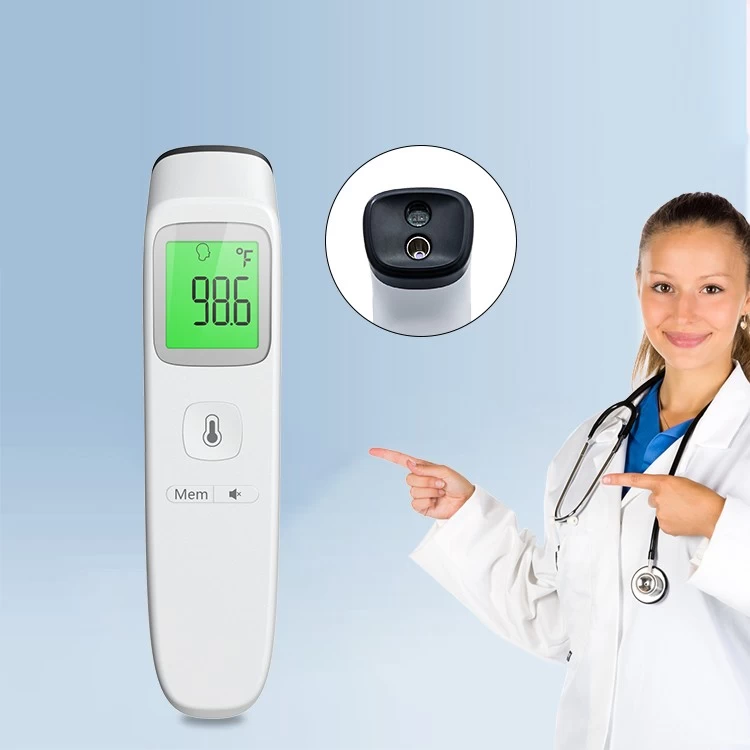
2.Key Factors Influencing Accuracy
Several factors inherent to infrared technology impact the accuracy of your reading:
1.Emissivity: This is the most critical factor. Emissivity (ε) is a measure of an object's ability to emit infrared energy compared to a perfect emitter (a "blackbody," which has an emissivity of 1.0). Most organic materials (skin, wood, food) and painted or oxidized surfaces have high emissivity (0.90-0.98). Shiny metals have low emissivity (0.05-0.40), meaning they reflect surrounding infrared radiation rather than emitting their own effectively. Using the wrong emissivity setting will lead to significant errors.
2.Distance-to-Spot Ratio (D:S): This ratio indicates the size of the measurement area relative to the distance from the thermometer. For example, a D:S ratio of 12:1 means that from 12 inches away, the thermometer measures a spot approximately 1 inch in diameter. Getting too close or too far changes the actual area being measured and can include background temperatures or miss the target.
3.Field of View: Related to D:S, this is the angle of the cone within which the thermometer senses infrared radiation. Staying within the specified distance ensures you measure only the intended target.
4.Environmental Conditions: Extreme ambient temperatures, high humidity, dust, steam, or strong air currents can interfere with the infrared signal.
5.Surface Obstructions: Dirt, dust, grease, frost, moisture, or even a layer of paint on the object being measured can affect its emissivity and block infrared radiation.
6.Reflective Surfaces: As mentioned, shiny surfaces reflect infrared radiation from other objects (like lights, heaters, or even the person taking the measurement), leading to false readings.
3.Step-by-Step Guide to Proper Usage
Follow these steps meticulously for the best results:
1.Read the Manual: This is non-negotiable. Different models have different features (adjustable emissivity, alarms, laser pointers, backlights), operating distances (D:S ratio), and specific calibration information. Understand your specific device.
2.Prepare the Thermometer:
● Ensure the lens is clean and free of dust, fingerprints, or condensation. Use a soft cloth or cotton swab with lens cleaner (or isopropyl alcohol if recommended) gently.
● Insert fresh batteries if the display seems dim or readings are erratic.
● Allow the thermometer to acclimate to the measurement environment for at least 30 minutes if there's a significant temperature difference (e.g., bringing it in from a cold car).
3.Prepare the Target:
● For Forehead/Temporal Artery Measurement (Human): Ensure the area is clean, dry, and free of sweat, hair, hats, or headbands. Have the person rest indoors for 10-15 minutes before measurement if possible, avoiding hot drinks, exercise, or direct sunlight. Wipe away sweat or makeup if present.
● For Other Surfaces: Clean the surface if dirty or greasy. If measuring a low-emissivity surface (like bare metal), apply masking tape or matte black paint (if practical and safe) and allow it to reach the object's temperature, then measure the tape/paint. Alternatively, use an emissivity setting if your thermometer allows adjustment.
4.Set Parameters (If Applicable):
● Emissivity: Set according to the surface material. Use 0.95-0.98 for human skin. Consult your manual's emissivity table for other materials. If unsure and adjustment isn't possible, assume 0.95 for most non-metallic surfaces but understand potential inaccuracy on metals.
● Units: Select Celsius (°C) or Fahrenheit (°F) as desired.
5.Position the Thermometer Correctly:
● Identify the D:S ratio (e.g., 10:1, 12:1, 20:1). Calculate the approximate spot size at your intended distance. (Distance / Ratio = Spot Diameter. E.g., 12:1 ratio at 12 inches = 1-inch spot).
● Hold the thermometer perpendicular (90 degrees) to the surface being measured. Angling the thermometer will increase the measured spot size and potentially include background temperatures.
● Maintain the exact distance specified by the D:S ratio for the spot size you need. Many models have a single or dual laser dot to help aim. Remember: The laser points to the center of the measurement area, but the actual spot size is larger.
● Steady your hand or use a tripod if possible for small targets or long distances.
6.Take the Measurement:
● Point the thermometer at the prepared target area.
● Press and hold the trigger/measure button. Most devices take only 1-3 seconds to display a reading. Some beep when done.
● Keep the thermometer steady during this brief measurement period.
7.Record and Interpret:
Note the displayed temperature.
● For Human Forehead/Temporal Artery: Understand that forehead readings are typically 0.5°F to 1°F (0.3°C to 0.6°C) lower than a core body temperature (like an oral reading). A forehead reading of 100.4°F (38.0°C) or higher generally indicates a fever requiring further verification (e.g., oral thermometer). Always follow specific medical guidance or institutional protocols.
● For Other Surfaces: Interpret the reading based on the context (e.g., is this motor temperature safe? Is the food at holding temp?).
8.Repeat for Consistency: Especially for critical measurements like human temperature screening, take 2-3 readings on the same spot or slightly adjacent areas (on the forehead, moving across the temporal artery area) and average them. Wait a few seconds between readings.
9.Store Properly: Turn the thermometer off, protect the lens with the cap (if provided), and store it in its case in a clean, dry, temperature-stable environment.
● Ambient Temperature: Avoid taking measurements in direct sunlight, near heating/cooling vents, or in drafty areas. Stable room temperature is ideal for human measurements.
● Human Measurement Consistency: Always measure the same site (e.g., center of the forehead). Train users on a standardized technique.
● Avoid Air Gaps: While non-contact, ensure there's nothing (like glass, steam, or smoke) between the thermometer lens and the target surface.
● Use the Laser Wisely: The laser is solely for aiming. Never point it directly into anyone's eyes. Be aware that on very hot surfaces, the laser dot itself might be absorbed and slightly affect the reading (though usually negligible).
● Know the Limitations: IR thermometers measure surface temperature only. They cannot measure internal temperature (like inside food or a human body).
● Regular Verification/Calibration: Periodically check your thermometer's accuracy against a known reference (like an NIST-traceable calibration source, a high-quality traditional thermometer in a stable water bath, or the melting point of ice). Follow the manufacturer's recommended calibration schedule. Professional calibration services are available.
● Choose the Right Tool: For measuring internal food temperatures, a probe thermometer is still essential. IR is great for surface checks or quick scans.
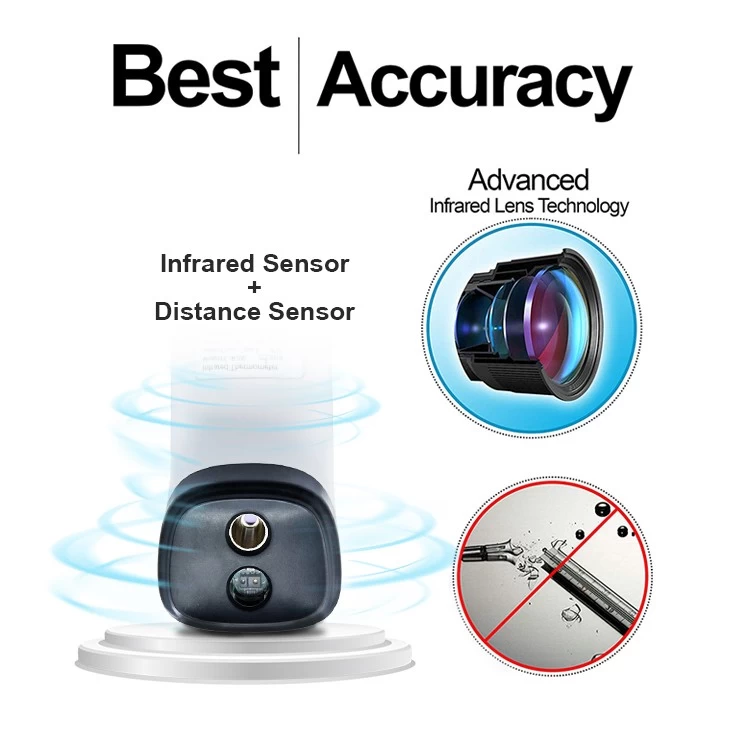
5. Questions (FAQs) About Non-Contact IR Thermometers
1.Q: Why do I get different readings when I measure the same spot multiple times?
A: Minor variations are normal due to slight hand movement changing distance/angle, natural fluctuations in skin surface temperature (blood flow, perspiration evaporation), or environmental drafts. Take multiple readings and average them.
2.Q: My IR thermometer gives a low reading on a shiny metal pipe. Why?
A: Shiny metals have low emissivity (they reflect IR energy instead of emitting it well). You're likely measuring reflected ambient temperature (like a cold wall or the sky). Cover the spot with masking tape or matte black paint, let it reach the pipe's temperature, then measure the tape/paint. Use the emissivity adjustment if available.
3.Q: Is it normal for forehead temperature to be lower than oral temperature?
A: Yes. Forehead/temporal artery readings are typically 0.5°F to 1°F (0.3°C to 0.6°C) lower than core oral temperatures. A reading of 100.4°F (38.0°C) or higher on the forehead generally warrants further investigation with a core temperature method.
4.Q: How far away should I hold the thermometer?
A: This is determined by the Distance-to-Spot (D:S) ratio of your specific thermometer (e.g., 8:1, 12:1, 20:1). Check the manual. Holding at the correct distance ensures you measure only the intended target area. Too far = larger spot (including background); too close = spot smaller than sensor can accurately measure.
5.Q: Can I use an IR thermometer through glass or plastic?
A: Generally, no. Most glass and plastic are opaque to the specific infrared wavelengths these thermometers use. You will measure the surface temperature of the glass/plastic itself, not the object behind it.
6.Q: Why does the reading change when I move slightly closer or farther?
A: Changing the distance alters the size of the measurement spot (Field of View). If you move closer, the spot gets smaller; if farther, it gets larger, potentially including hotter or colder background objects which skew the reading. Maintain the distance specified by the D:S ratio.
7.Q: Do I need to set the emissivity?
A: For high-emissivity surfaces like skin, wood, rubber, or most painted surfaces (emissivity ~0.95), the default setting (usually 0.95) is often sufficient. For low-emissivity surfaces like shiny metals, polished stone, or foil, yes, setting the correct emissivity (or using the tape method) is critical for accuracy. Check your manual's emissivity table.
8.Q: Can I measure human temperature on the wrist or other body parts?
A: While possible, it's not recommended for accurate fever screening. Wrist temperature fluctuates significantly based on blood flow and environment and does not correlate reliably with core body temperature. The forehead (temporal artery) is the standard site for non-contact human screening due to its better correlation and accessibility.
9.Q: My thermometer has a "Body" and "Surface" mode. What's the difference?
A: "Body" mode typically assumes high emissivity (~0.97-0.98) and may apply a slight offset to approximate core temperature from the surface reading (common on forehead models). "Surface" mode usually uses a fixed emissivity (often 0.95) and displays the actual surface temperature without offset. Use "Body" only for human forehead measurement; use "Surface" for everything else. Using "Body" mode on objects will give incorrect readings.
10.Q: How often should I calibrate my IR thermometer?
A: It depends on usage, criticality, and manufacturer recommendations. For casual home use, checking yearly against an ice bath (0°C / 32°F - stir crushed ice/water mixture) is reasonable. For medical screening or industrial applications, follow stricter protocols (e.g., quarterly, annually) using traceable calibration sources. Significant drops, exposure to extreme conditions, or suspected inaccuracy warrant immediate checking.
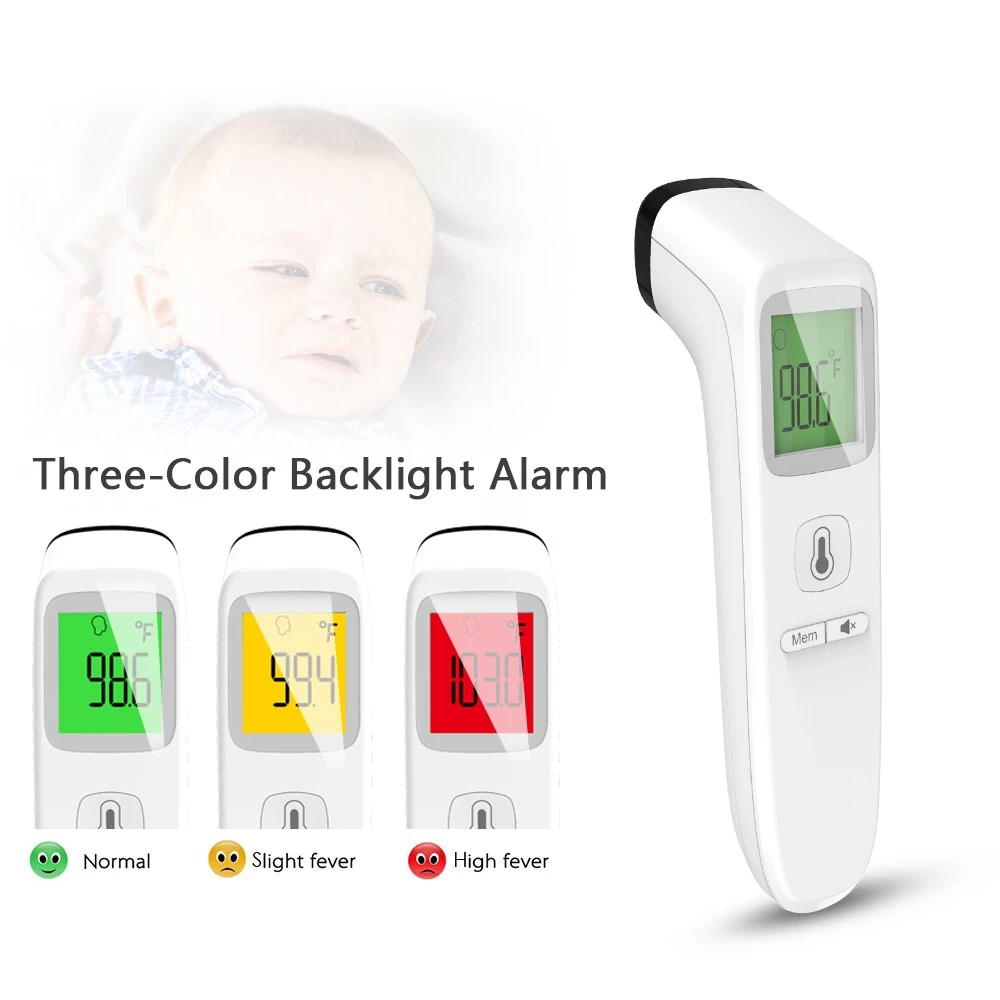
Non-contact infrared thermometers offer unparalleled speed, hygiene, and convenience for measuring surface temperatures across diverse applications.
However, their accuracy hinges on understanding and respecting the underlying technology and its limitations. By carefully following the steps outlined – preparing the device and target, setting parameters correctly, maintaining proper distance and angle, and interpreting results within context – you can leverage the full potential of these powerful tools.
Remember to consult your device's manual, be mindful of emissivity and environmental factors, and verify calibration periodically. Used wisely, the non-contact IR thermometer is a valuable asset for maintaining health, safety, and efficiency in countless settings.
